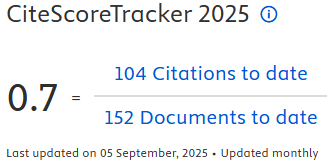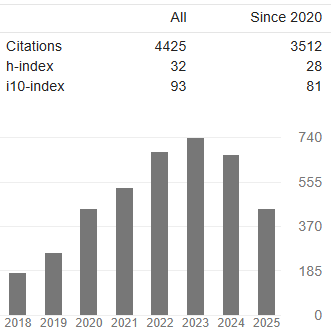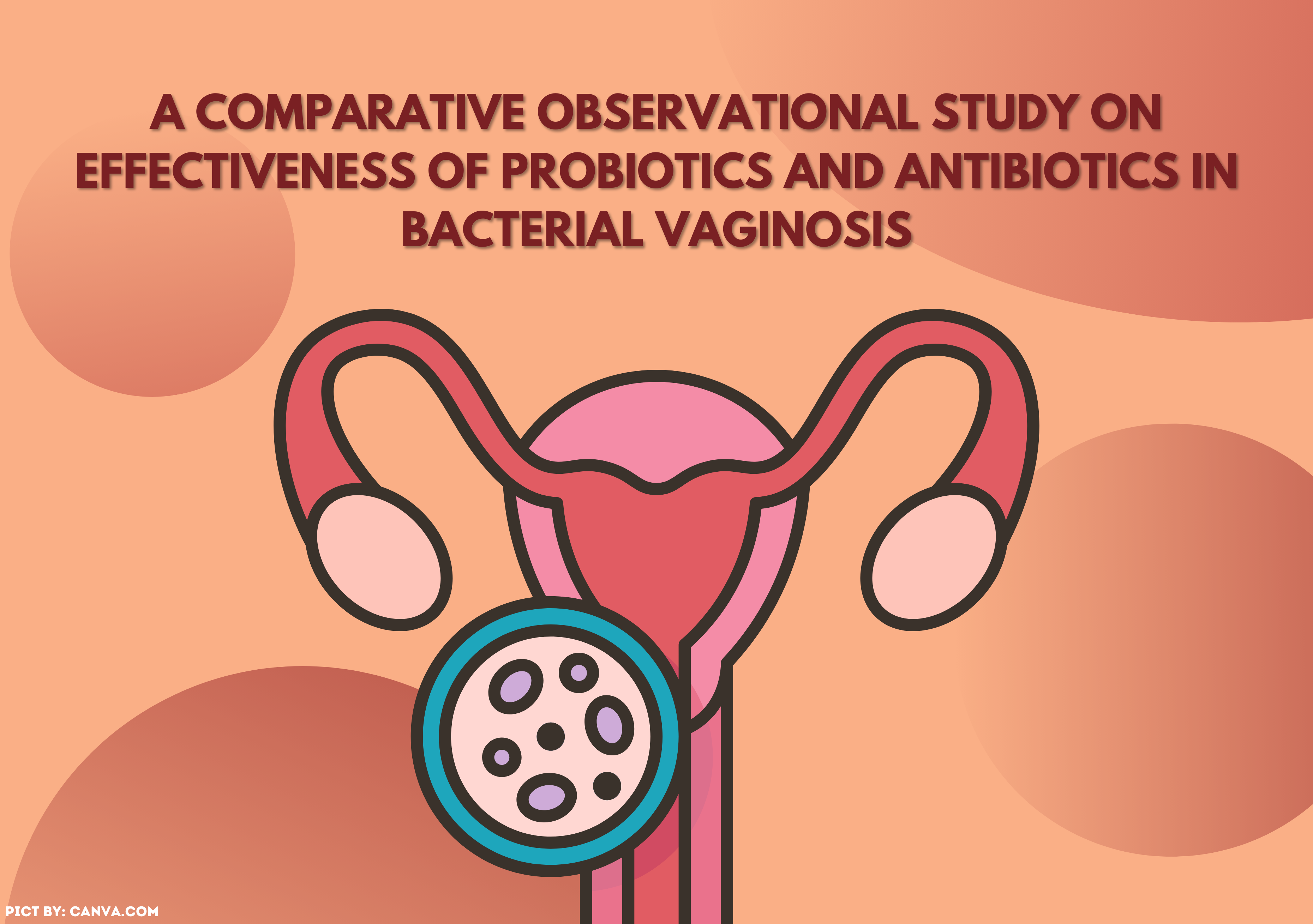DBD EVENT MAPPING, STRONG RELATION OF CLIMATE CONDITIONS AND POPULATION MOBILITY NUMBER WITH DBD INCIDENCE
Downloads
ABSTRACT
Dengue Hemorrhagic Fever (DHF) is influenced by the environmental factors; climate and population mobility. The DHF incident mapping is conducted to know its distribution and the areas belong to high-risk of DHF. This study aims to know the DHF incident mapping, climate conditions, and population mobility at Putat Jaya in 2015-2017.This study is an observation analysis by using the ecology time series study. There were 110 samples population. This study used a correlation test to know the strength and weakness of climate variable, population mobility number towards the DHF incident. The data used a primary and secondary data. Most cases of DHF incident are found in community areas (RW) where the distance between citizen's house is narrow. The mapping showed the distribution pattern of DHF in each RW was grouping and spreading. Based on the correlation test, if the rainfall is higher, the DHF incident increases (r = 0,278). If the air temperature is higher, the DHF incident decreases (r = -0.480). If the humidity is higher, the DHF incident increases (r = 0.282). If the duration of solar radiation is higher, the DHF incident decreases (r = -0,150). If the population mobility rate is higher, the DHF incident increases (r = 0,413). There was an environmental factor that support the DHF incident at Putat Jaya. It causes a high-risk exposure to DHF, thus the case was grouping and spreading. In addition, it still need a cooperation between the Health Center and the society to control the DHF incident.
Keywords: Mobility Rate, Climate, Larva Density, Mapping
Arsin AA & Wahududdin, 2004. Faktor-faktor yang Berpengaruh Terhadap Kejadian Demam Berdarah Dengue di Kota Makasar. Jurnal Kedokteran Yarsi, 12(2), p.23.
Azizah & Faizah., 2010. Analisis Faktor Resiko Kejadian Demam Berdarah Dengue di Desa Mojosongo, Kabupaten Boyolali. Universitas Muhammadiyah Surakarta.
Departement of Health, 2004. Demam Berdarah Dengue. Jakarta: Depkes RI.
Health Office of Surabaya, 2016. Profil Kesehatan Kota Surabaya Tahun 2015. Surabaya:
Dinata, A., dan Dhewantara, P.W., 2012. Karakteristik Lingkungan Fisik, Biologi, Dan Sosial Di Daerah Endemis DBD Kota Banjar Tahun 2011. Jurnal Ekologi Kesehatan, 11(4), pp.315–326.
Gama, Z.P., dan Nakagoshi, N., 2013. Climatic Variability and Dengue Hermaorrhagic Fever incidence in Nganjuk District, East Java, Indonesia. Jurnal Acta Biologica Malaysiana, 2(1), pp.31–39.
Gubler, G.J., Reiter, P., Ebi, K.L., Yap, W., Nasci, R., dan Patz, J.A., 2001. Climatic Variability and Change in the United States: Potencial Impact on Vektorand Rodent-Borne Diseases. Environmental Healt Perspective, 109(Supplement 2). https://doi.org/10.2307/3435012
Herawati, Y., dan Utomo, S.W., 2014. The Dynamics of Population Density and Climate Variability on Dengue Heamoarrhagic Fever (DHF) Incidence in Bogor City, West Java, Indonesia. Research Journal of social Science and Management, 4(4), pp.160–165.
Ministry of Health, 2011. Modul Pengendalian Demam Berdarah Dengue Kementerian Kesehatan Republik Indonesia Direktorat Jenderal Pengendalian Penyakit dan Penyehatan Lingkungan.
Ministry of Health, 2013. Pedoman Pengendalian Demam Berdarah Dengue di Indonesia. Jakarta: Direktorat Jenderal Pengendalian Penyakit dan Penyehatan Lingkungan.
Ministry of Environment State, 2007. Rencana Aksi Nasional Dalam Menghadapi Perubahan Iklim. Jakarta: Kementerian Negara Lingkungan Hidup.
Mantra, I.B., 2003. General Demography. Yogyakarta: Pustaka Pelajar.
M
orin, C.W., Comrie, A.C., dan Ernst, K., 2013. Climate and Dengue Transmission: Evidence and Implications. Enviromental Health Prespective, 121, pp.11–12. https://doi.org/10.1289/ehp.1306556
Notoatmodjo, Soekidjo, 2003. Ilmu Kesehatan Masyarakat: Prinsip-prinsip Dasar. Jakarta. PT Rineka Cipta.
Pohan, Z., 2014. Hubungan Iklim Terhadap Kasus Demam Berdarah Dengue (DBD) di Kota Palembang Tahun 2003-2013. Skripsi. Universitas Sriwijaya.
Ruliansyah, A., Yuliasih, Y., dan Hasbullah, S., 2014. Pemanfaatan Citra ASTER dalam Penentuan dan Verifikasi Daerah Rawan Demam Berdarah Dengue (DBD) di Kota Banjar Provinsi Jawa Barat. Jurnal Aspirator, 6(2), pp.55–62. https://doi.org/10.22435/aspirator.v6i2.3631.55-62
Soegijanto, S, 2006. Demam Berdarah Dengue. Surabaya. Airlangga University Press.
WHO, 1999. Demam Berdarah Dengue: Diagnosis, Pengobatan, Pencegahan dan Pengendalian.
Yudhastuti, R. dan Vidiyani, A, 2005. Hubungan Kondisi Lingkungan, Kontainer, dan perilaku Masyarakat Dengan Keberadaan Nyamuk Aedes aegypti Di Daerah Endemis Demam Berdarah Dengue Surabaya. Jurnal Kesehatan Lingkungan, 1(2).
- The authors agree to transfer the transfer copyright of the article to The Indonesian Journal of Public Health effective if and when the paper is accepted for publication.
- Authors and other parties are bound to the Creative Commons Attribution-NonCommercial-ShareAlike 4.0 International License for the published articles, legal formal aspect of journal publication accessibility refers to Creative Commons Attribution-NonCommercial-ShareAlike 4.0 International License (CC BY-NC-SA), implies that:
- Attribution ” You must give appropriate credit, provide a link to the license, and indicate if changes were made. You may do so in any reasonable manner, but not in any way that suggests the licensor endorses you or your use.
- NonCommercial ” You may not use the material for commercial purposes.
- ShareAlike ” If you remix, transform, or build upon the material, you must distribute your contributions under the same license as the original.































